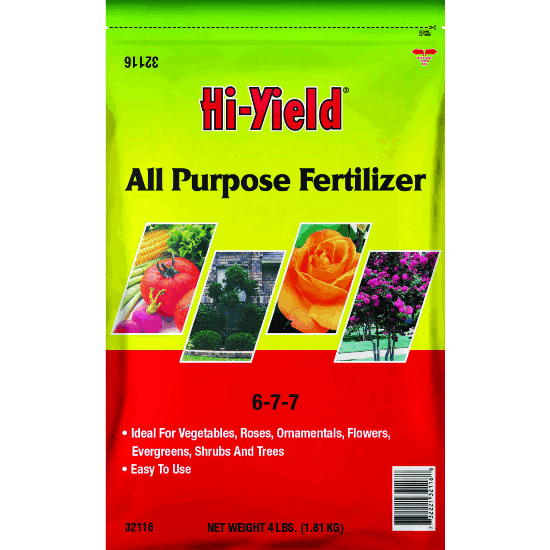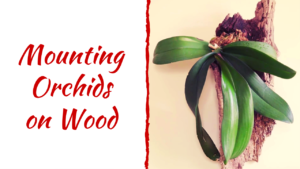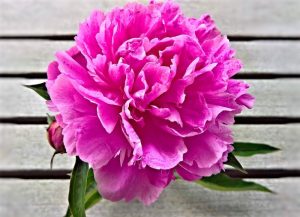In this detailed guide, we’ll dig into the ins and outs of deadheading roses, exploring its importance, methods, timing, and more.
Why Deadheading Roses is Beneficial

Deadheading is not just about aesthetics—it has practical benefits that can enhance the overall health of your rose plants. Here are some compelling reasons to consider deadheading your roses:
Promotes Continuous Blooming: One of the main benefits of deadheading is that it encourages roses to produce more blooms. By removing the faded flowers, you signal to the plant that it’s time to produce new buds rather than putting energy into seed production.
Encourages Healthy Growth: Deadheading can spur new leaf and stem growth, leading to a bushier and more robust plant. With vigorous growth, roses often exhibit a fuller appearance, creating a more visually appealing display in your garden.
Reduces Disease Risk: By removing spent blooms, you minimize the risk of attracting pests and disease. Decaying flowers can harbor fungal issues or attract insects, which can spread diseases to your roses.
Enhances Overall Aesthetics: A well-maintained rose bush is undoubtedly more attractive. Deadheading helps keep your roses looking their best, leading to a more polished and appealing garden landscape.
Improves Plant Health: Regular deadheading can help identify any underlying issues, such as pests or diseases, allowing you to address them sooner rather than later.
Types of Roses and Their Deadheading Needs
Not all roses are created equal, and different varieties have different needs when it comes to deadheading. Understanding the specific needs of your roses is crucial in deciding how best to care for them:
Hybrid Tea Roses
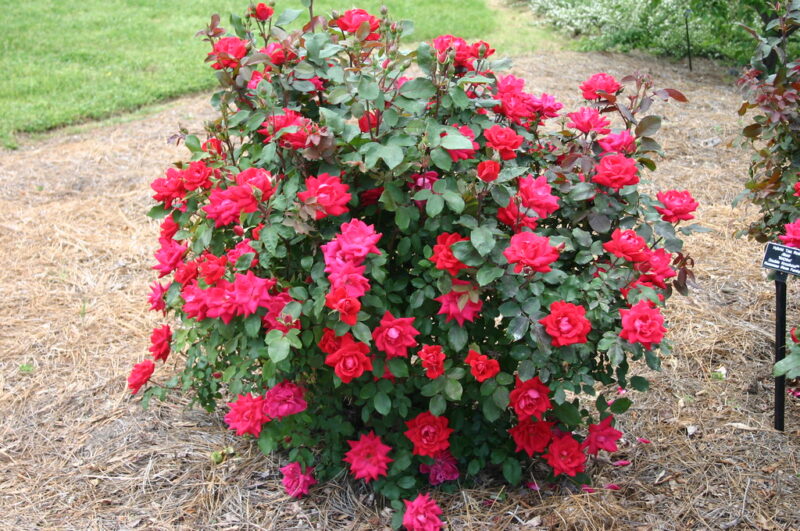
Hybrid tea roses are known for their classic bloom shape and high fragrance. These blooms often produce a single flower per stem. Deadheading hybrid tea roses is essential; it involves cutting the stem just below the faded flower, aiming for a five-leaflet leaf node to encourage branching.
Floribunda Roses
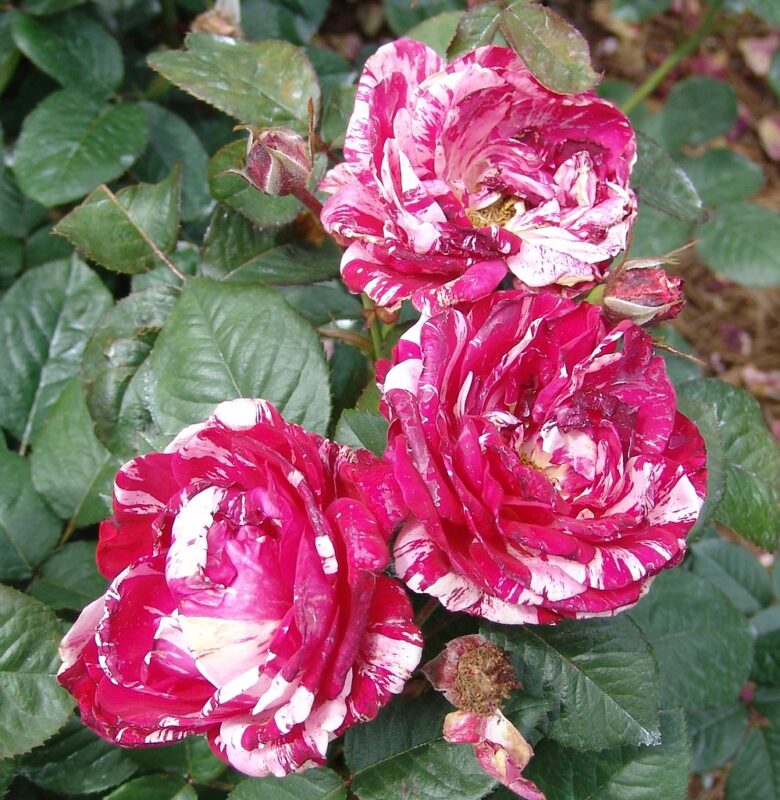
Floribundas produce clusters of blooms and require deadheading to maintain their vitality. Cut back spent flowers to the nearest leaf, which will allow new flowers to form in clusters. This type of rose benefits greatly from consistent deadheading, leading to an abundant floral display.
Climbing Roses

Climbing roses can become quite dense and unruly without proper maintenance. You’ll want to deadhead climbing roses to encourage blooming along the canes. When removing spent blossoms, focus on cutting the flower back to the nearest leaf, or even to a lateral branch.
Shrub Roses

Shrub roses offer a more natural look but also benefit from deadheading. These resilient blooms can handle a more casual approach—removing faded flowers may be enough, though some gardeners prefer to perform more precise cuts.
Old Garden Roses
Old garden roses may not require as much deadheading as modern hybrids. Many of these roses produce attractive hips that can be left on the bush after flowering, often providing food for wildlife and adding seasonal interest to your garden.
Best Practices for Deadheading Roses

Once you’ve decided that deadheading is a beneficial practice for your roses, it’s important to employ proper techniques. Effective deadheading can enhance the effectiveness of your efforts. Here are some best practices to ensure you’re doing it right:
Timing is Everything
When it comes to deadheading, timing is crucial. You should deadhead roses as soon as the blooms begin to fade—for hybrid teas and floribundas, this should be done regularly throughout the blooming season to stimulate continuous flowering. Not only will this keep your roses healthy, but it will also keep your garden vibrant and colorful.
Use Sharp Tools
Always use sharp, clean pruning shears or scissors for deadheading. Dull tools can damage the plant and make it susceptible to diseases. A clean cut also allows for better healing, minimizing the risk of rot or infection in the cut areas.
Cut Above the Leaf Node
The best practice is to cut just above a leaf node, which promotes branching and encourages new growth. Look for a leaf that has at least five leaflets; making your cut slightly above it helps the rose bush direct its energy to producing new blooms rather than fruit.
Dispose of Spent Blooms
After you’ve deadheaded your roses, be sure to dispose of the spent blooms properly. Do not throw them on the compost pile; instead, remove them from your garden to prevent any diseases from spreading.
Regular Maintenance is Key
Deadheading should be a part of your regular garden routine. Depending on the variety of rose and the season, you may be deadheading weekly or bi-weekly. Taking a few minutes each week to maintain your roses pays off with bountiful blooms.
When Not to Deadhead Roses
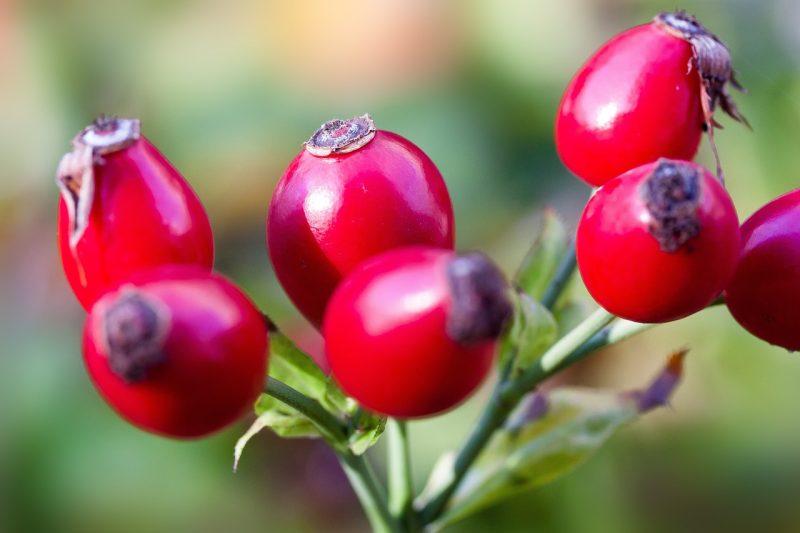
While deadheading is beneficial in many circumstances, there are times when it might not be necessary or advisable to do so. Understanding these factors will help you create a comprehensive care routine for your roses:
Post-Blooming Rosy Hips
If you have varieties that produce decorative hips after blooming, such as some old garden roses, consider leaving the spent flowers intact. The hips not only add color and interest to the garden but also provide a food source for birds and other wildlife.
Environmental Considerations
In some climates, particularly those with shorter growing seasons, you might find that deadheading later in the season can hinder the plant’s ability to prepare for winter. Always consider the regional climate and your specific growing conditions when deciding.
Flowering Patterns
If you’re growing varieties of roses that bloom once per season (such as certain heirloom types), deadheading may be less relevant after they flower. In this case, it’s often better to leave the blooms to produce hips for added interest.
Common Mistakes to Avoid
Even seasoned gardeners can fall prey to common missteps when it comes to deadheading roses. Here are some pitfalls to avoid for a healthier and happier rose bush:
Neglecting to Deadhead: Failing to periodically remove spent flowers can lead to a decline in overall plant vigor. Regular deadheading is crucial for maximizing blooms.
Improper Cutting Techniques: Avoid cutting too low or too high. Cutting too low can damage the plant, while cutting too high may not stimulate new growth effectively. Always aim for a proper leaf node to ensure healthy future blooms.
Using Dull Tools: Using outdated or dull tools leads to jagged cuts, which can result in wounds that invite pests and disease. Make it a habit to sharpen and clean your tools regularly.
Being Inconsistent: Deadheading should not be a sporadic activity. Make it a part of your garden care routine, as consistency leads to better results.
Ignoring Health Signs: Look for signs of pest infestations or disease when deadheading. This practice gives you the opportunity to inspect your roses closely, catching potential issues early.
The Role of Fertilization
Once you’ve invested time into deadheading your roses, it’s crucial to consider how fertilization aligns with the care of your flowering plants. After deadheading, many gardeners find it beneficial to apply a balanced fertilizer. This additional nourishment supports the plant in shifting its focus toward new growth and blooming.
Choosing the Right Fertilizer
Select a fertilizer suitable for roses, typically a balanced or slow-release formulation designed to promote blooming. Look for fertilizers with higher phosphorus content, as this nutrient supports flowering. Always follow the manufacturer’s guidelines regarding application rates.
Timing Fertilization
Timing is equally essential when fertilizing. Ideally, apply fertilizer after deadheading or right before the new growth and blooming period begins. In general, roses benefit from fertilization in early spring and again in mid-summer.
Personal Touch: Making Roses Yours
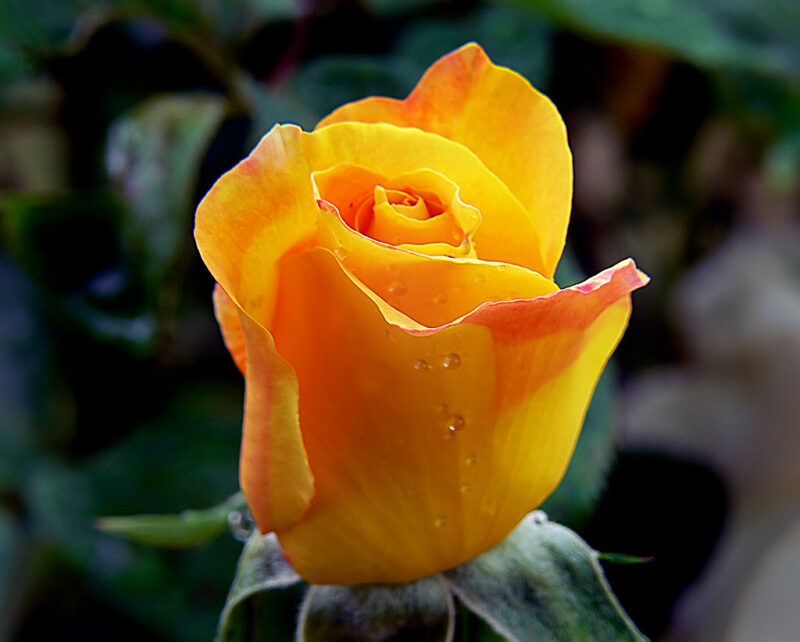
While we’ve covered the technical aspects of deadheading roses, let’s not forget that gardening is a deeply personal experience. You can customize the way you care for your roses based on your aesthetic preferences and gardening philosophy.
Journaling Your Progress
Consider keeping a gardening journal to track your deadheading practices and their effects on your roses. Documenting which varieties bloom profusely or struggle can help you tailor your care techniques for future seasons.
Involving Family and Friends
Engage your family or friends in the process of deadheading. It can transform a chore into a shared experience, allowing you to bond over your love of gardening and learning together about what makes roses thrive.
Exploring New Varieties
Deadheading isn’t just a tool for maintenance; it’s also an opportunity to experiment with your garden. Test out different varieties of roses and see how deadheading impacts their growth. You may discover unique blooms that become favorites in your collection.
Conclusion: To Deadhead or Not to Deadhead
As we’ve explored throughout this post, the question of whether to deadhead roses is not simplistic but rather a multifaceted decision grounded in the type of roses you grow, your gardening goals, and understanding the specific care they require. Deadheading is a valuable practice for many rose varieties, promoting growth, improving aesthetics, and enhancing overall plant health.




